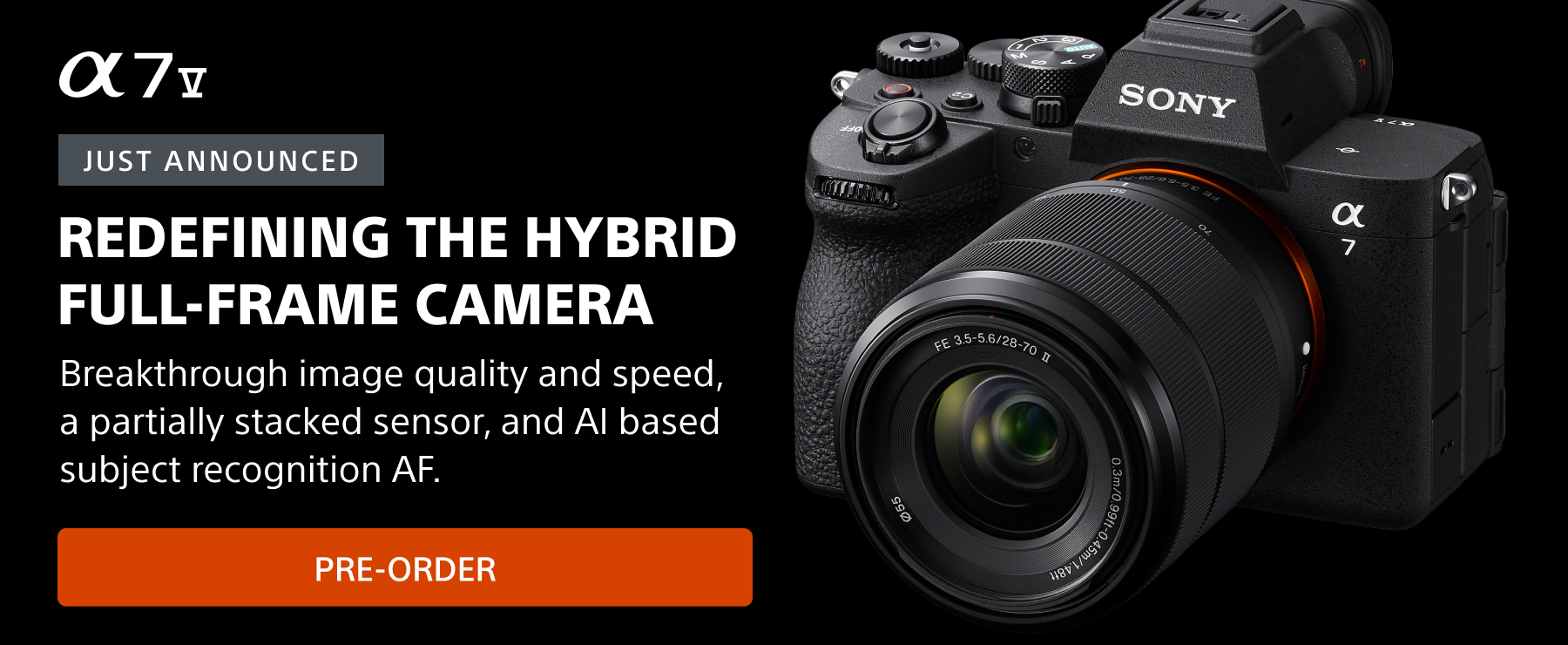To create starburst effects, when photographing images with a light source such as the sun, strong reflected specular highlights or night scenes with streetlights, try stopping down to create a star-pattern to emanate from the light source. Creating this effect depends on the focal length and aperture setting, but in most cases working in Aperture Priority mode and stopping down to f/16 or f/22 will create pleasing starbursts.
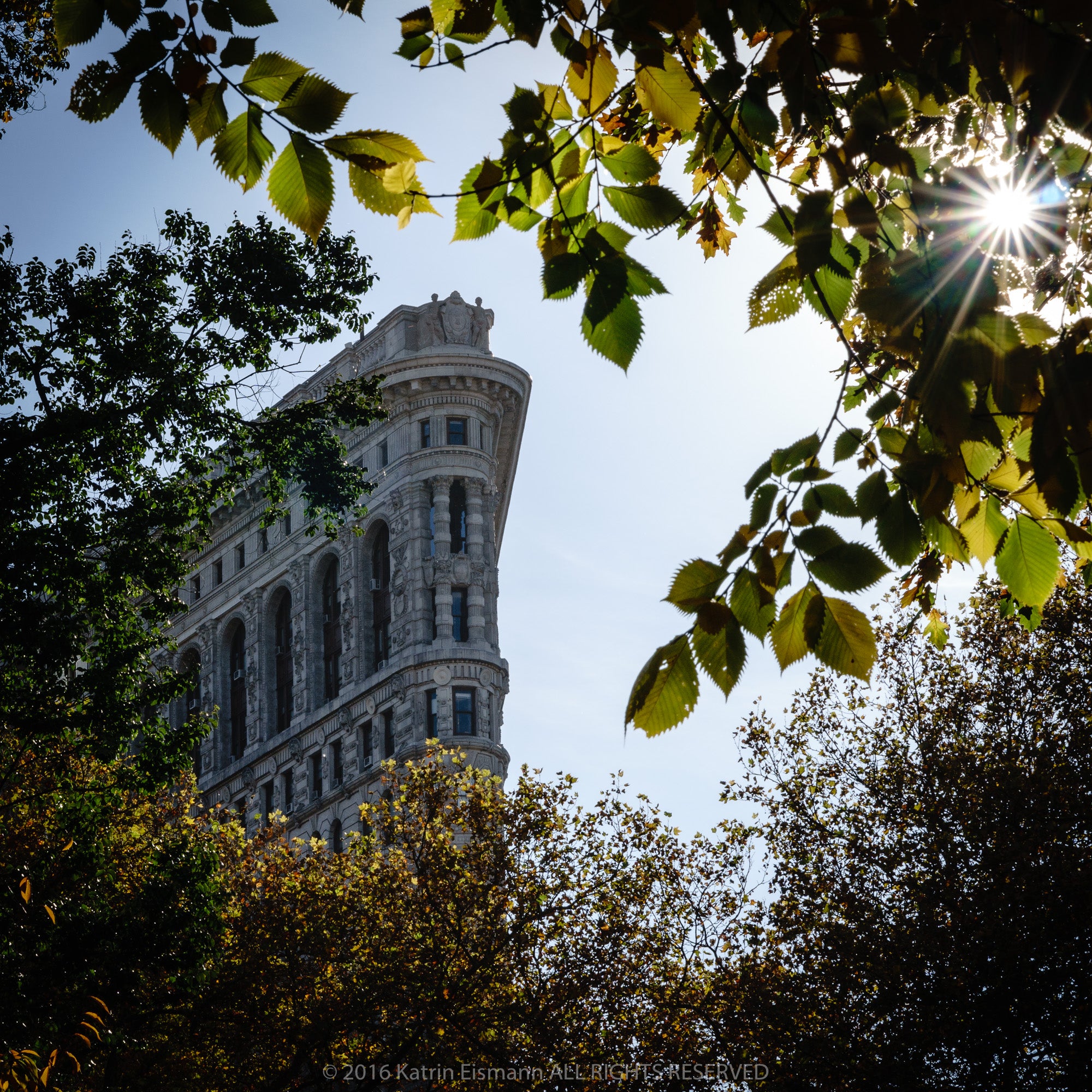
Photo by Katrin Eismann. Sony α6300. Sony 24-70mm f/2.8 G Master at 70mm (35mm equivalent of 105mm). 1/125-sec., f/14, ISO 125
One especially useful thing about using a mirrorless camera for shooting into the sun is that you’re not actually getting sunlight directly through the viewfinder like you would with a DSLR. With mirrorless, you're looking at a screen. You should still be mindful of the sensor as you point the camera pointed at the sun, but looking at the sun through the viewfinder of a mirrorless camera doesn’t have the same potential for injury that a reflex camera system does. And with a Sony camera set to Setting Effect On, you can see how exactly when the starburst will look like as you adjust the aperture and other exposure settings.
The starburst pattern will depend on your lens focal length, how many blades the aperture has and the aperture used to take the picture. In most cases the higher apertures (smaller aperture opening) will create better defined starburst effects.
Adding starburst effects, creates a unique sparkle and will make your image standout. So the next time you are photographing a landscape or night scene with a distinctive light source, try a variety of aperture settings to give the photo some extra flare.
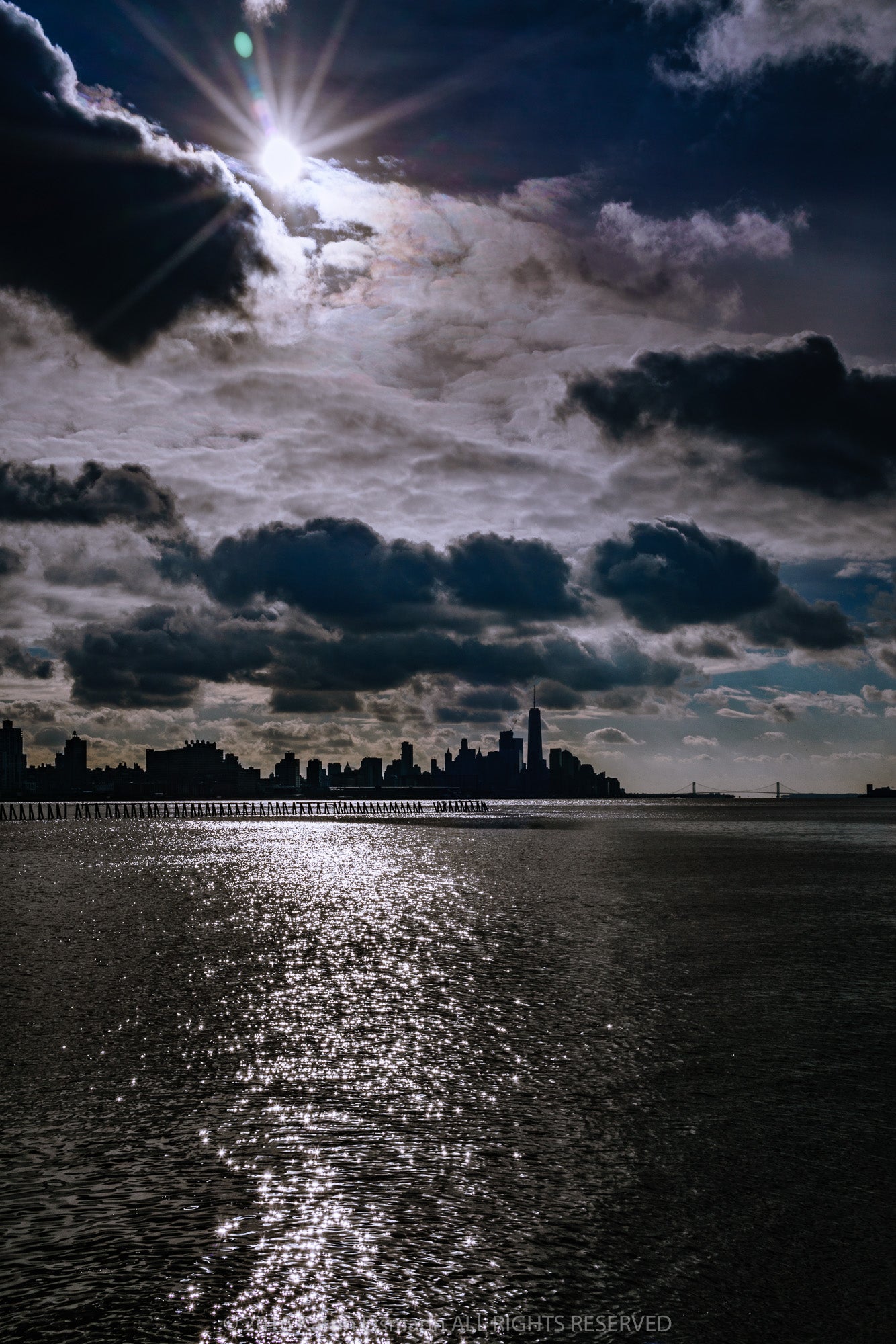
Photo by Katrin Eismann. Sony RX1R II. 1/640-sec., f/22, ISO 100
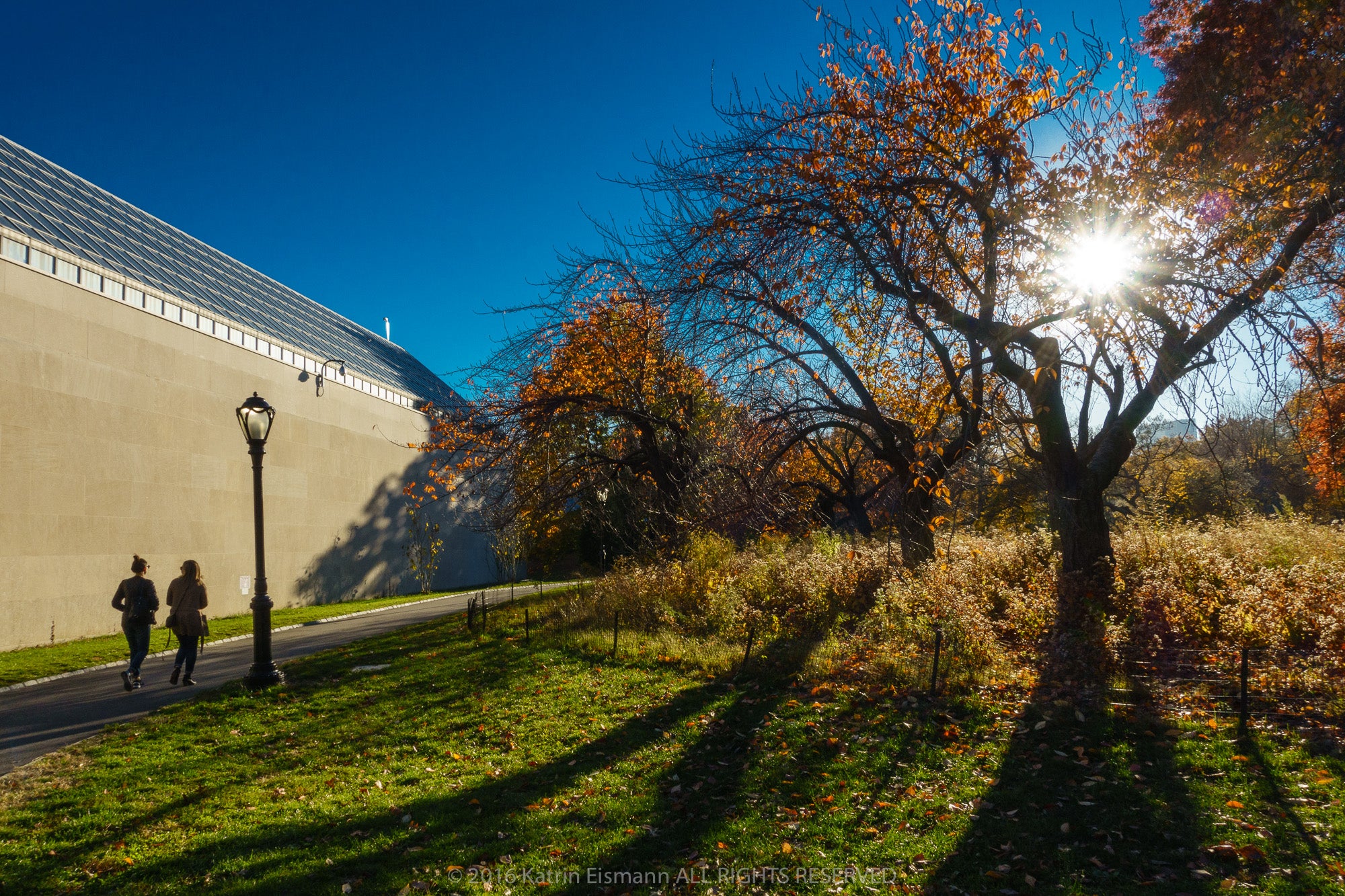
Photo by Katrin Eismann. Sony RX1000 IV at 8.8mm (35mm equivalent of 24mm). 1/250-sec., f/10, ISO 200
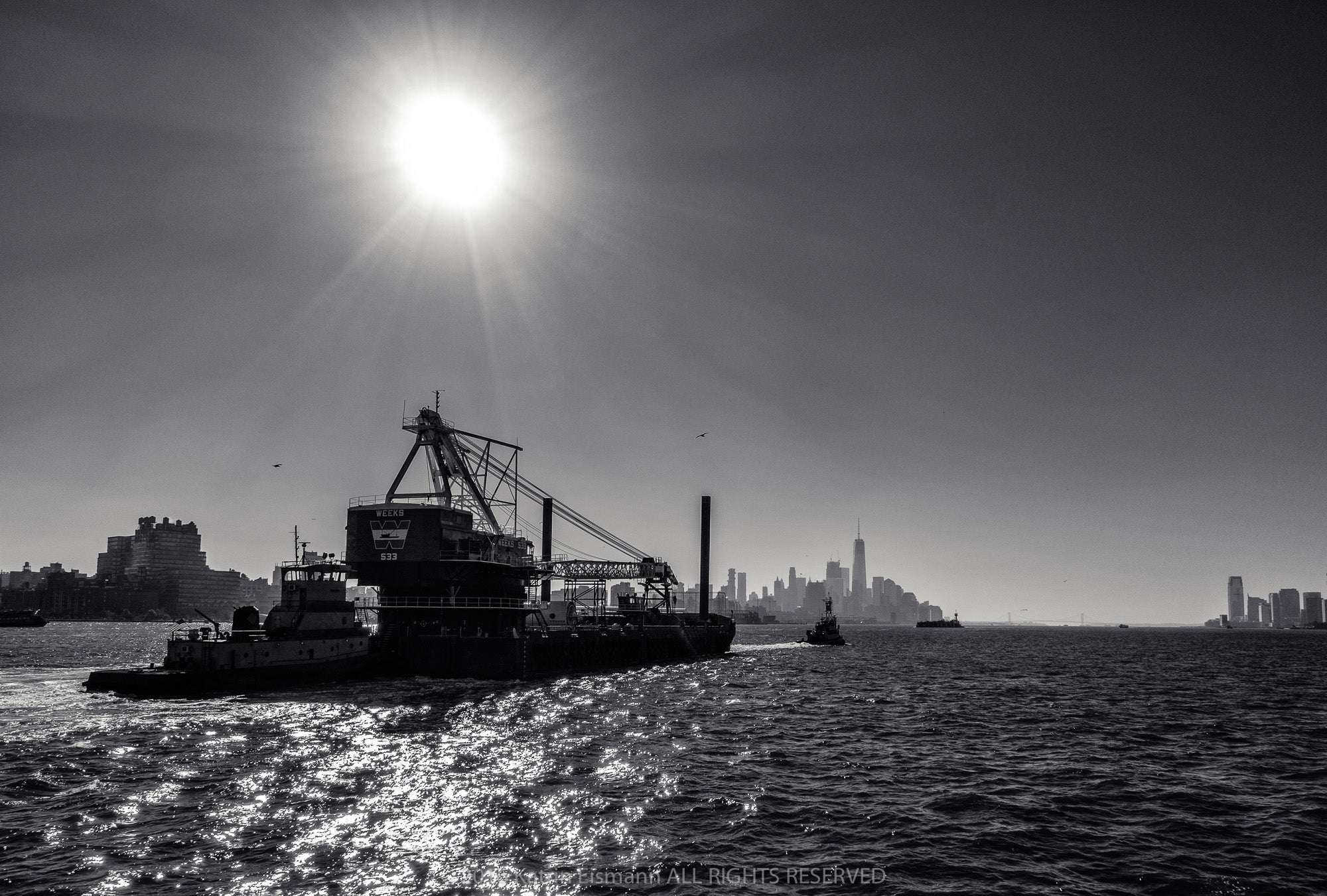
Photo by Katrin Eismann. Sony RX1000 IV at 8.8mm (35mm equivalent of 24mm). 1/250-sec., f/5.6, ISO 125
